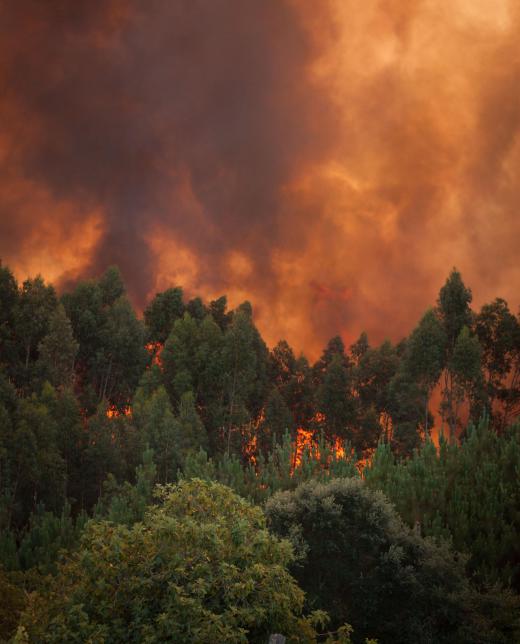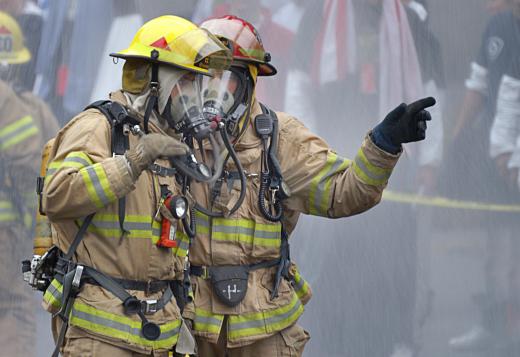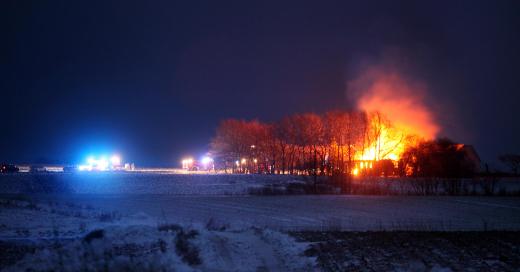A fire dynamics simulator is a type of computer software designed to model the spread of fire. These modeling programs allow users to predict how fire will react to different scenarios, which may make it easier to fight both building and wildfires. Firefighters, manufacturers, and municipal code developers rely on fire dynamics simulator programs for training and research purposes. This software not only serves as a training and investigative aid, but also helps companies design and test new fire protection systems.
Fire dynamics simulators break a fire down into small, manageable rectangles or squares. This grid system allows users to analyze a single section of the fire, or to observe the entire scenario as a whole. Some of these programs also provide visual 3D modeling to make it easier to explain the effects of fire to those with less technical knowledge. A fire dynamics simulator incorporates factors like materials, temperatures, fuel sources and wind to predict how a fire will react. Some even allow users to modify these features to study the fire under different types of conditions.

These programs rely on computational fluid dynamics to predict how heat and flames will spread under a given set of conditions. They also incorporate principles of mathematics, science, and engineering to model fire scenarios. These programs rely heavily on data generated from previous fires, which are used as predictors of future fire emergencies.

One of the most widely used fire modeling programs was created in 2000 by the United States National Institute of Standards and Technology (NIST). This free program is distributed under the name “Fire Dynamics Simulator,” and is widely used by firefighters and manufacturing companies to study fire. NIST also supplies a companion program known as Smokeview, which provides a visual representation of the data created by the fire dynamics simulator. Other visual programs and companion software systems are also available from other sources.

A fire dynamics simulator serves as a valuable training tool for firefighters, who are able to save lives and protect property based on what they learn from these models. These programs also help to keep firefighters safe as they work around fire. Investigative and insurance crews rely on this software to recreate a fire during an arson or other crime. Code developers use this software to determine the most effective building designs and fire protection measures. Finally, manufacturers utilize these programs to perfect fire protection systems like sprinklers and smoke alarms.
